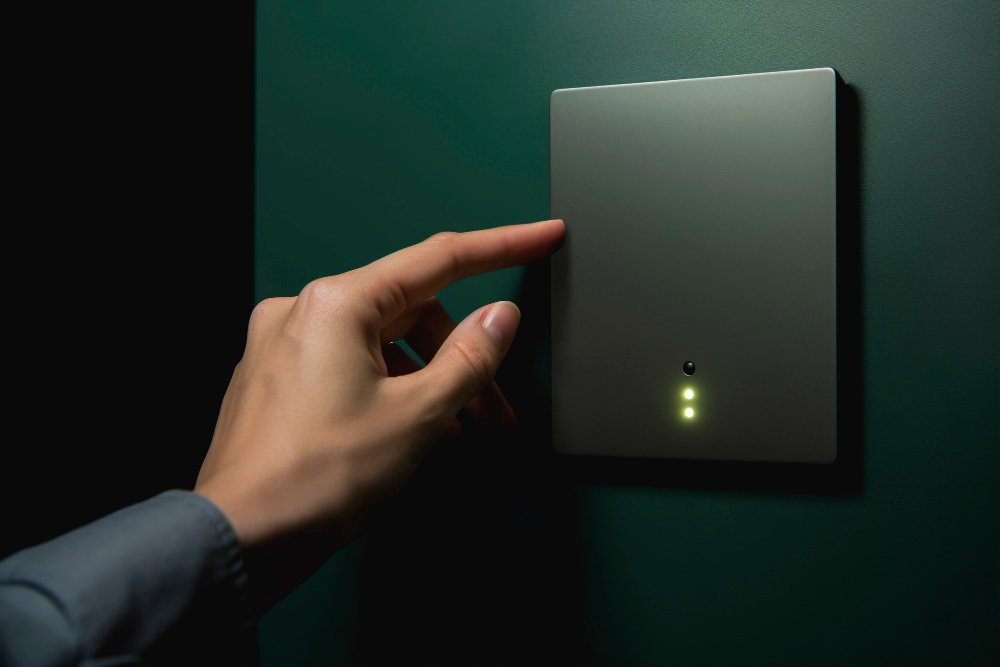The control panels available in the market range from small compact type which incorporates a hooter / siren and can accommodate a few different types of Sensors (detectors) to a more advanced type which can perform more complex functions like, automatic dialing to a phone, cellular phone and convey a pre-recorded message informing about intrusion, in addition to or in place of, local audio visual alarm.
The advance versions also have the capability of functioning with user codes for arming and disarming and of switching over to built-in power supply in case of power failure. Many control units also use a remote (infra-red or Radio Frequency based) for arming or disarming of the control unit.

To build trust View-Cam offers an exclusive money back terms for all security system products equipment. We shall take back the equipment within 10 days of commissioning in case you are not satisfied with the quality.